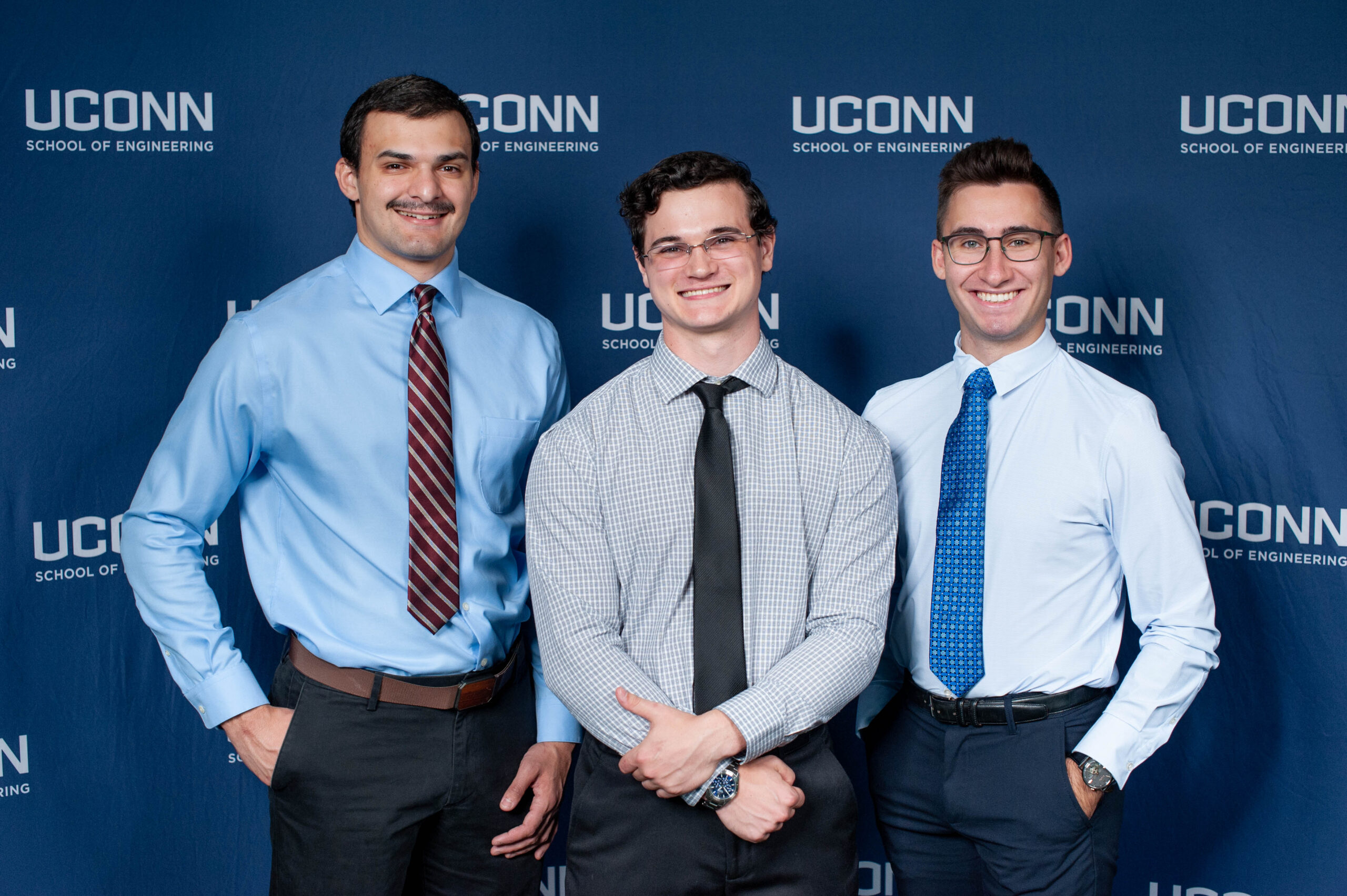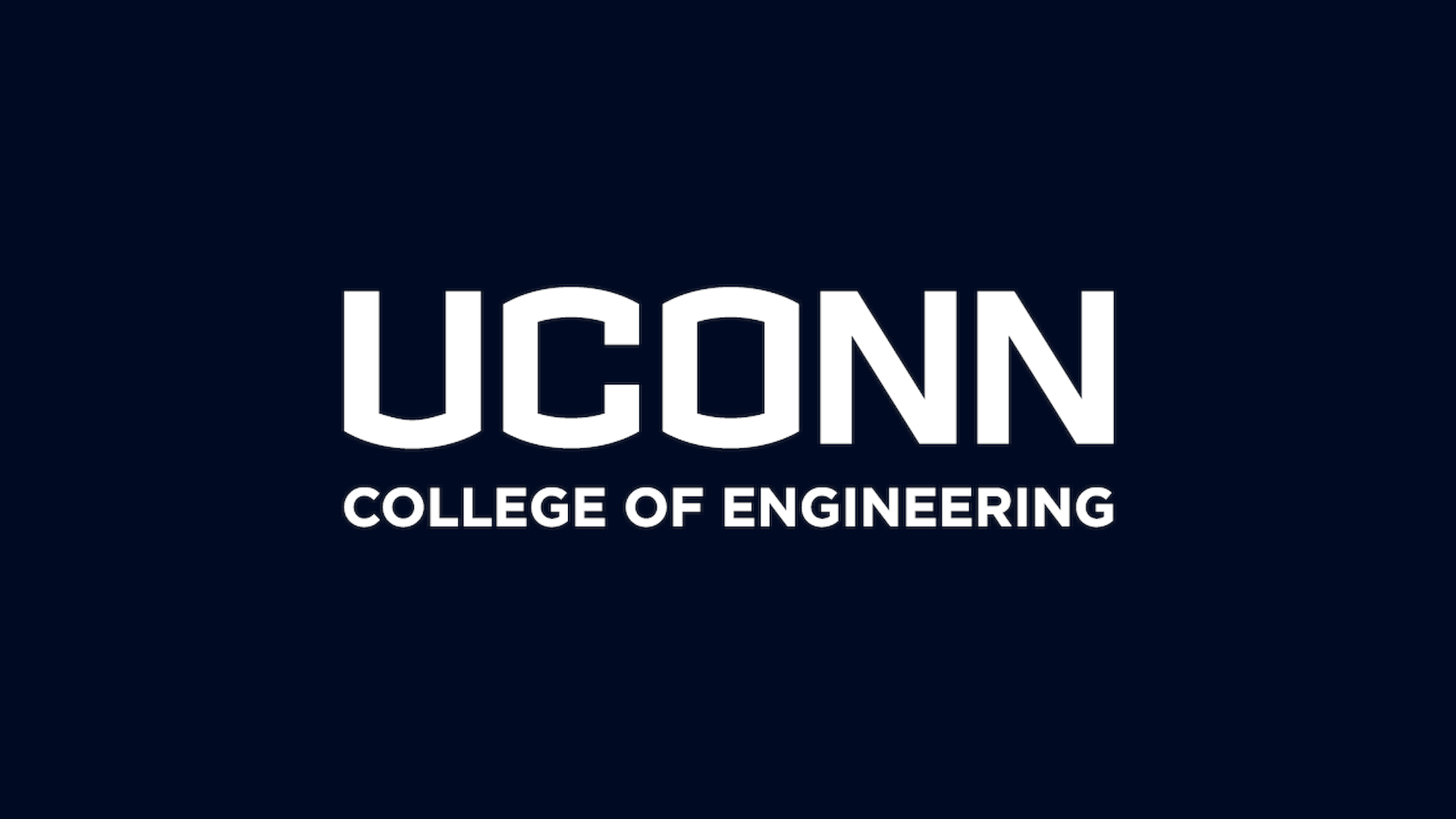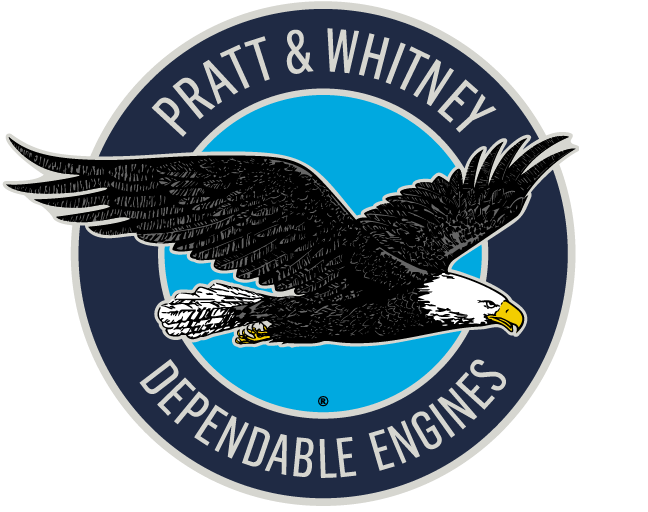

This video contains proprietary information and cannot be shared publicly at this time.
Team 42
Team Members |
Faculty Advisor |
Andrew Nanai |
Jiong Tang Sponsor Pratt & Whitney |
sponsored by

Investigation of Damping Concepts to Minimize Blade Vibration
Jet turbines are a very complex technology that must be reliable for safe operation in commercial and military applications. ME 42 focused on solving a reliability issue that pertains to compressor airfoils. During regular operation, compressor airfoils experience excitation forces which result in airfoil vibration. Frequent vibrations at excessive amplitudes can cause catastrophic failure for the blades. Current industry standard airfoil vibration mitigation techniques include friction damping mechanisms to reduce vibratory amplitudes. ME 42 investigated the effects of three damping mechanisms and constructions within such systems, being particle damping, viscous damping, and passive shunt piezoelectric damping. The damping effect of various granular materials and viscoelastic materials on a compressor airfoil have been explored. The three viscoelastic materials explored include neoprene, silicone (50A) rubber, and silicone (60A) rubber. The particle damping mechanism is composed of a 2 inch by 6 inch 1/16 inch cavity within a composite flat airfoil blade. The particle material used includes 1mm diameter chrome steel ball bearings. Varying the location of an 2 inch by 2 inch 8 g pocket of particles lead to an optimal position of halfway down the blade and a resultant damping ratio of .053 and .033 for the first and second peaks of its first natural frequency. In addition, a passive piezoelectric ceramic electrical shunt damping mechanism was investigated. These damping mechanisms have been compared based on their calculated damping ratio using the half power points method found experimentally from their FRF plots.
